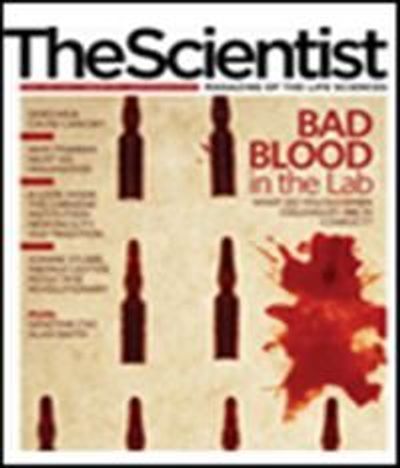Embryo Recollections
By Adrianne Noe
The hunt was on. When Yale physician Elizabeth Maplesden Ramsey described "her" prize specimen for the Department of Embryology of the Carnegie Institution of Washington in 1938, she joined throngs of others who had participated in the greatest effort to collect, organize and study human embryos. The specimen she described was among the youngest embryos ever accessioned into the collection (thirteen to fourteen days old); nevertheless she pointed out the importance of work that had gone before by acknowledging other extremely young embryos and the contributors for whom they were named -- the so-called Peters and Miller embryos -- estimated to have been a...
Ramsey penned this while en route to Baltimore from New Haven, and stopped only when she had "no further time to desecrate Longfellow" (Ramsey, 1938).1 In these few lines, she identified many of the themes and individuals important in any historical consideration of the Carnegie Institution's Department of Embryology: the "race" to contribute embryos of ever-younger age, the technological processes used to study the materials, the characterizations of morphology-based staging, and the names of some of the most prominent persons in the enterprise.
Adrianne Noe, director, National Museum of Health and Medicine of the Armed Forces Institute of Pathology
1. E.M. Ramsey, (1938), Untitled poem, Carnegie Files, Human Developmental Anatomy Center, Courtesy National Museum of Health and Medicine, Armed Forces Institute of Pathology, Washington, DC.
Interested in reading more?





